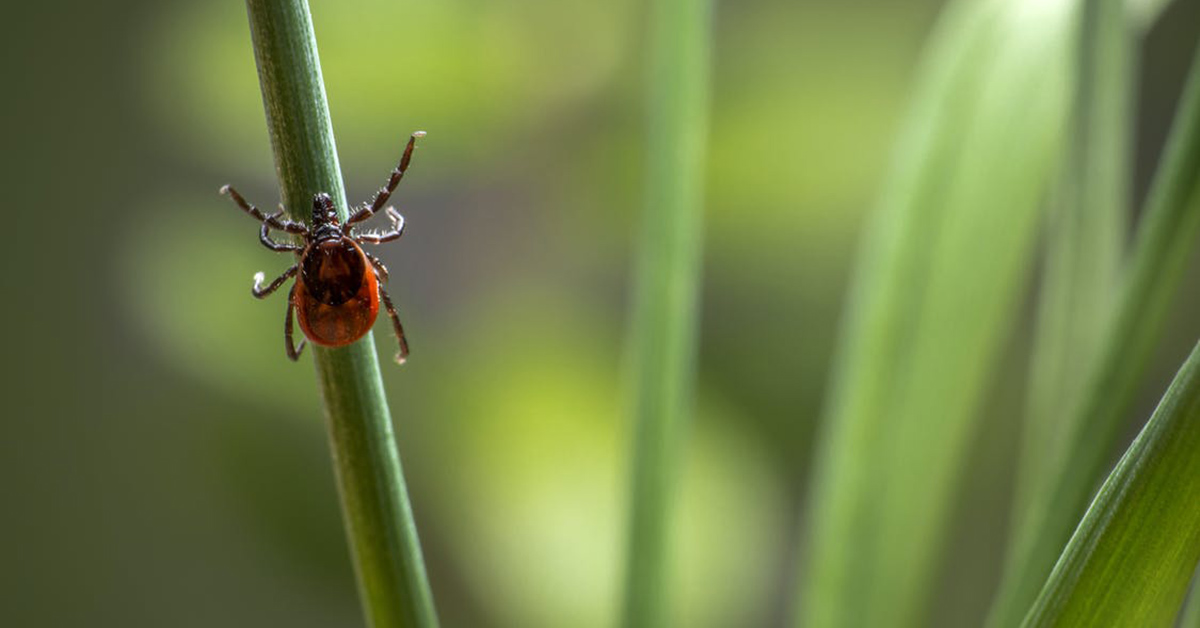The amount of tick-borne encephalitis (TBE) cases rose significantly last year – the national immunization programme expands in Kirkkonummi and Lohja
11.04.2022
The amount of TBE cases reported to the National Infectious Diseases Register of The Finnish Institute for Health and Welfare (THL) rose significantly compared to previous years. In 2021 150 TBE cases were reported to the register, preceded by 69-91 cases/year during 2017-2020. The rise may be due to climate change, awareness of tick-borne diseases and the increase in domestic travel and outdoor activities.
The national immunization programme against TBE expands this year in Kirkkonummi and Lohja. In the areas to be annexed to the program (the Masala postal code area (02430) in Kirkkonummi, Ojamo (08200), Lylyinen/Hormajärvi (08450), Vohloinen/Virkkala (08700) and Kirkniemi (08800) in Lohja) the incidence of TBE has risen significantly during the five years of monitoring.
In addition to the new areas the TBE vaccinations will continue in Åland, Pargas, Simo, the southern parts of Kemi, the Kotka archipelago, the Sammonlahti district of Lappeenranta, the island of Preiskari near Raahe, Kustavi, the Sipoo archipelago, the Lohjanjärvi archipelago and the Luoma area of Kirkkonummi. Vaccinations under the national immunization programme are free of charge and are available to all permanent residents and long-term vacationers aged 3 or over in the area. The vaccine is especially necessary for people who spend at least four weeks in nature during the summer.
THL also issues vaccination recommendations for areas outside the national immunization programme, in which case people must pay for their vaccination series themselves. This year, vaccination recommendations have been updated in Helsinki, Siuntio, Ingå, Kirkkonummi, Lohja and Lappeenranta.
The TBE vaccine only protects from tick-borne encephalitis caused by a virus. The vaccine does not protect against other diseases transmitted by ticks, such as borreliosis. It is recommended to check oneself daily for ticks and to take protection from tick bites e.g. by wearing protective clothing.
